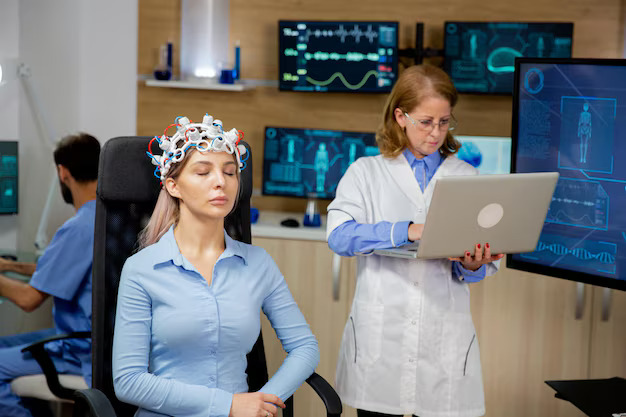Retrieval Augmented Generation (rag): Overview, History & Process
Retrieval-Augmented Generation (RAG): Enhance AI conversations with accurate, up-to-date responses.


What is Retrieval-Augmented Generation (RAG), and how does it combine information retrieval with text generation?
What is the history behind this innovative approach, and what processes are involved in making it work effectively?
Understanding these questions will help us see how RAG enhances AI conversations in any industry by merging accurate information with creative responses.
About Retrieval-Augmented Generation (RAG)
Retrieval-Augmented Generation (RAG) is a novel framework that enhances traditional text generation models by integrating external knowledge bases with pre-trained large language models, enabling more accurate and up-to-date content creation for various NLP applications, including chatbots, machine translation, and creative writing.

RAG approach in Generative AI enhances language models by integrating real-time information retrieval.
More on Generative AI: 2 Main Types of Generative AI Models
It starts with a user query, retrieves relevant documents from sources like Wikipedia, and combines them with the input to provide rich context for the text generator.
This approach allows access to current information without retraining the model, making it ideal for rapidly changing fields. By grounding responses in up-to-date evidence, RAG improves accuracy, relevance, and control over outputs while significantly reducing the risk of hallucination. Overall, RAG effectively produces reliable responses in dynamic environments.
Origin of the Name 'RAG'
Patrick Lewis, lead author of the 2020 paper that introduced the term Retrieval-Augmented Generation (RAG) expressed regret over the unflattering acronym, which now encompasses a significant body of methods in generative AI.
"We would have chosen a better name had we anticipated its widespread adoption," he stated during a conference in Singapore while presenting his ideas at a regional database developers conference.
'We always intended a more appealing name, but when it came time to write the paper, nothing better came to mind.' he further stated.
Despite intentions for a more appealing title, the team lacked alternatives at the time of publication. Lewis now leads an RAG team at AI startup Cohere.
Exploring Retrieval Augmented Generation (RAG)

Retrieval-augmented generation (RAG) consists of several key steps:
- Input: The initial query that the language model (LLM) needs to address. Without RAG, the LLM relies solely on its static knowledge.
- Indexing: Relevant documents are chunked, converted into embeddings, and indexed in a vector store. The input query is similarly embedded for comparison.
- Retrieval: The system retrieves pertinent documents by comparing the embedded query against the indexed vectors.
- Generation: The retrieved documents are combined with the original prompt to provide context, which the LLM processes to generate a final response.
Using RAG allows the system to access up-to-date information, enabling the model to produce accurate and contextually relevant answers, unlike direct querying that may yield inadequate responses.
Development and Testing of Retrieval Augmented Generation in Large Language Models - A Case Study Report
He, Y. K., Jin, L., Elangovan, K., Abdullah, H. R., Liu, N., Sia, A. T. H., Soh, C. R., Tung, J. Y. M., Ong, J. C. L., & Ting, D. S. W. (2023). Development and testing of retrieval augmented generation in large language models - A case study report (arXiv:2402.01733).
This case study details the development and evaluation of an LLM-RAG pipeline specifically designed for preoperative medicine, with a primary focus on assessing the accuracy and safety of the generated responses.
The LLM-RAG model was built using 35 preoperative guidelines and evaluated against human-generated responses across a total of 1,260 evaluations. The RAG process involved converting clinical documents into manageable text chunks for embedding and retrieval, utilizing Python-based frameworks like LangChain and LlamaIndex, and employing Pinecone for vector storage.

The evaluation demonstrated that the LLM-Retrieval-Augmented Generation (RAG) model produced responses in an average of 15-20 seconds, significantly faster than the typical 10-minute human response time.
The accuracy of the GPT-4.0-RAG model reached 91.4%, surpassing the human-generated responses at 86.3%, with statistical analysis confirming non-inferiority (p=0.610).
This study highlights the advantages of LLM-Retrieval-Augmented Generation (RAG) in generating complex preoperative instructions with grounded knowledge, scalability, and low rates of hallucination, positioning it as a viable solution for healthcare applications.
A Path to Real-Time Knowledge Integration
Retrieval-Augmented Generation (RAG) emerges as a robust solution for augmenting the capabilities of Large Language Models (LLMs). By seamlessly integrating real-time, external knowledge into LLM responses, RAG effectively mitigates the limitations posed by static training data, ensuring that the information provided is both current and contextually relevant.
The integration of RAG into diverse applications has profound implications for enhancing user experience and improving information accuracy.
In an era where access to up-to-date information is paramount, RAG provides a dependable framework for maintaining the relevance and effectiveness of LLMs.
By leveraging RAG's capabilities, we can confidently navigate the intricacies of modern AI applications, fostering a new standard of precision and reliability in information dissemination.
Hybrid RAG Technology for Enhanced Accuracy and Speed in LLM-Based Solutions
Makebot.ai has been actively advancing Retrieval-Augmented Generation (RAG) technology, specifically developing a hybrid RAG architecture that significantly enhances both accuracy and computational efficiency compared to traditional RAG implementations.
These optimizations are expected to drive continuous improvements in the precision and reliability of responses generated by large language models (LLMs).
For inquiries regarding the development or adoption of RAG technology, please contact Makebot.ai.

Studies Reveal Generative AI Enhances Physician-Patient Communication




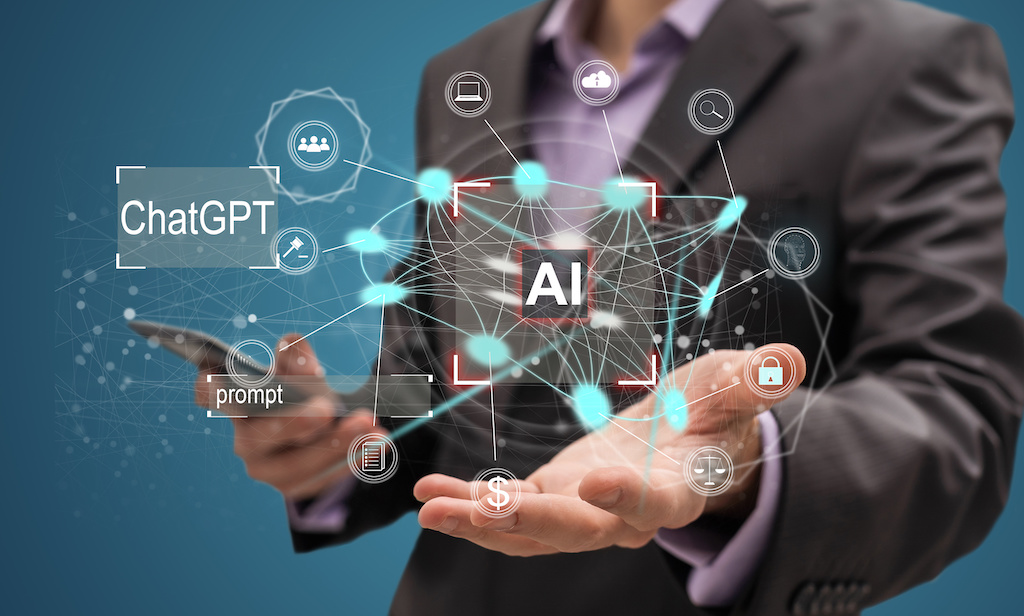









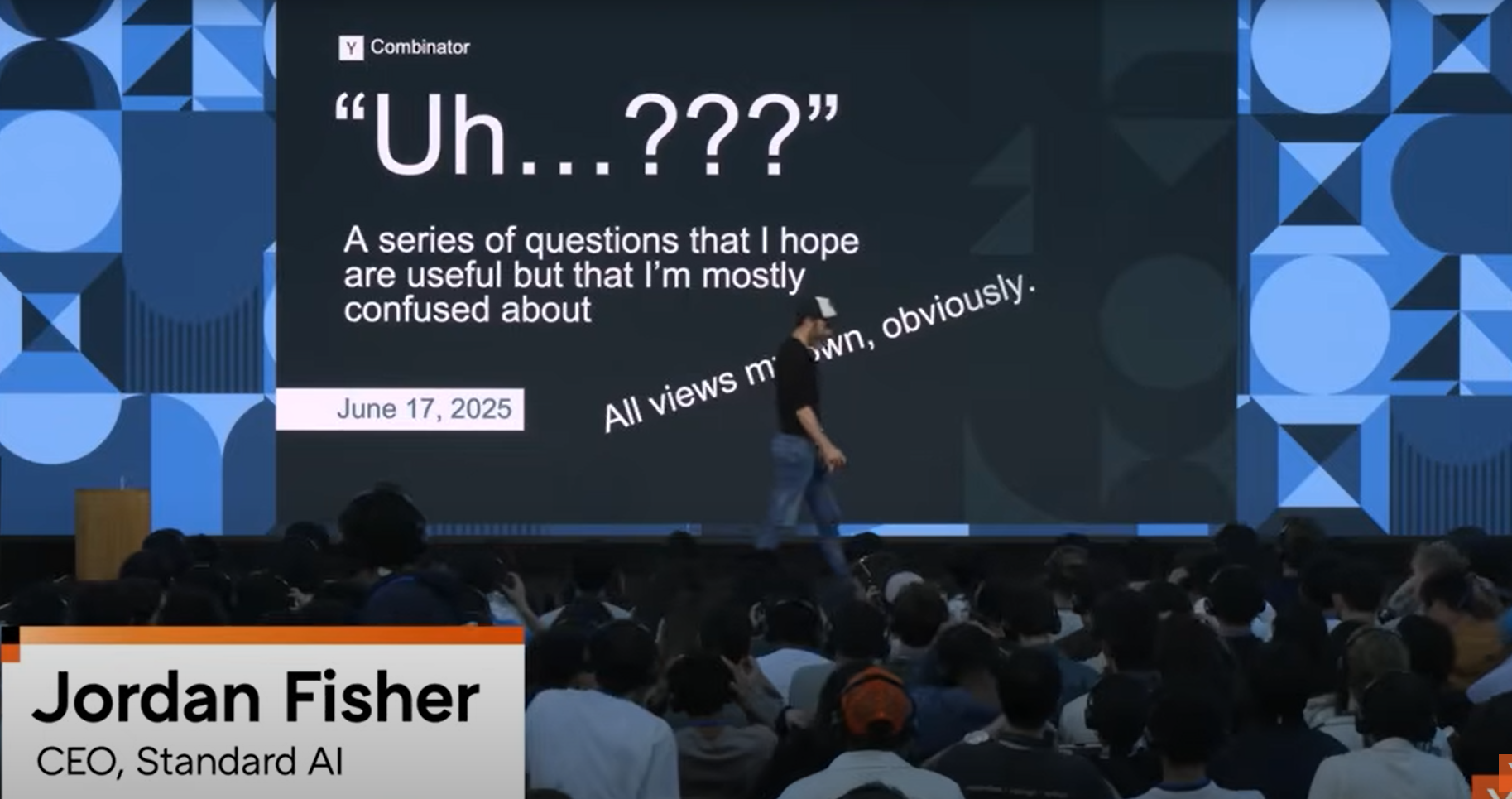






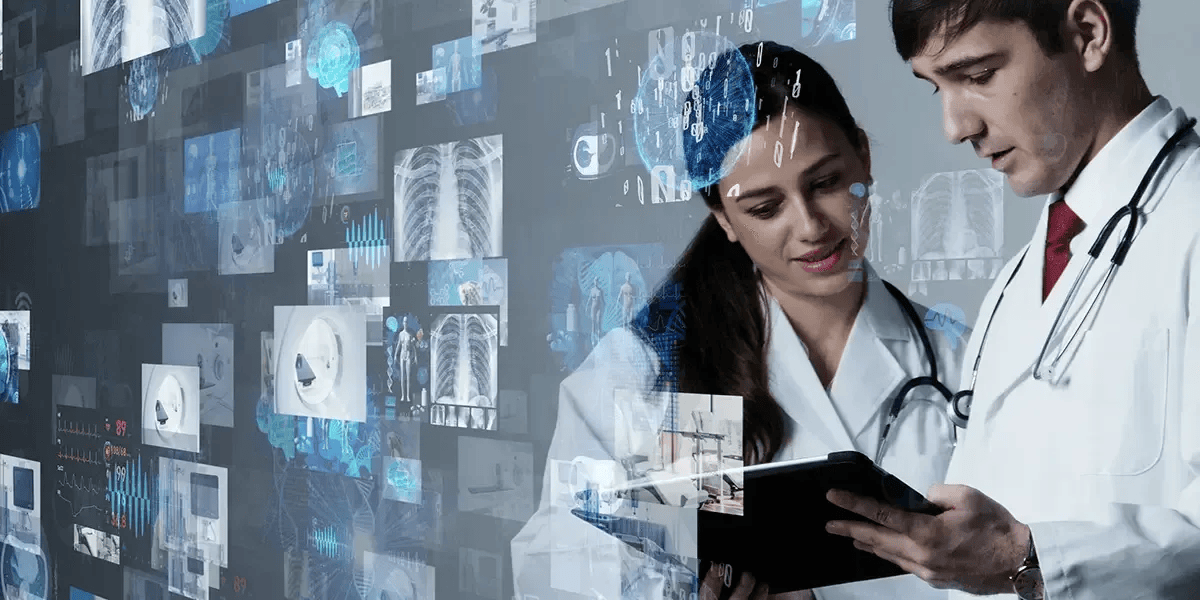



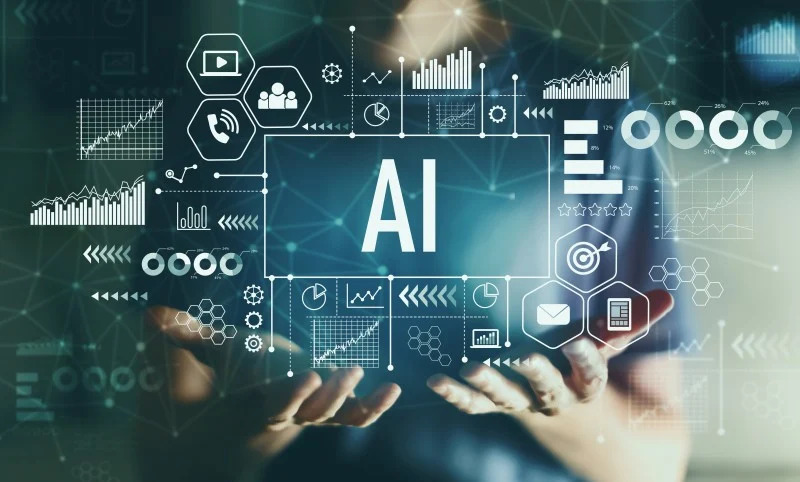



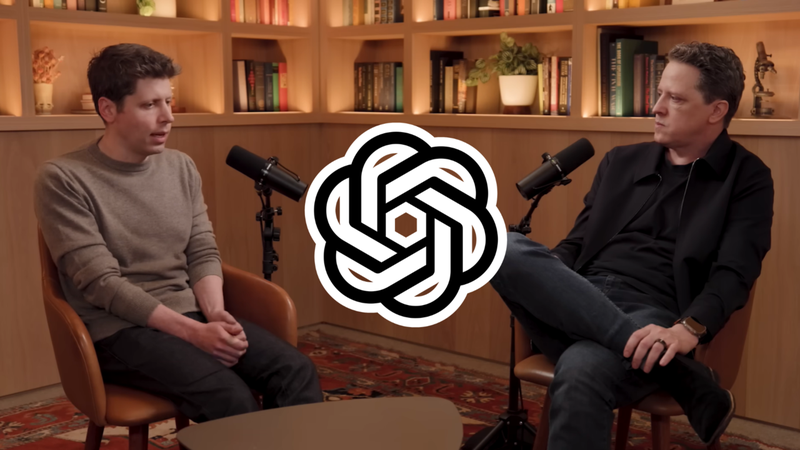





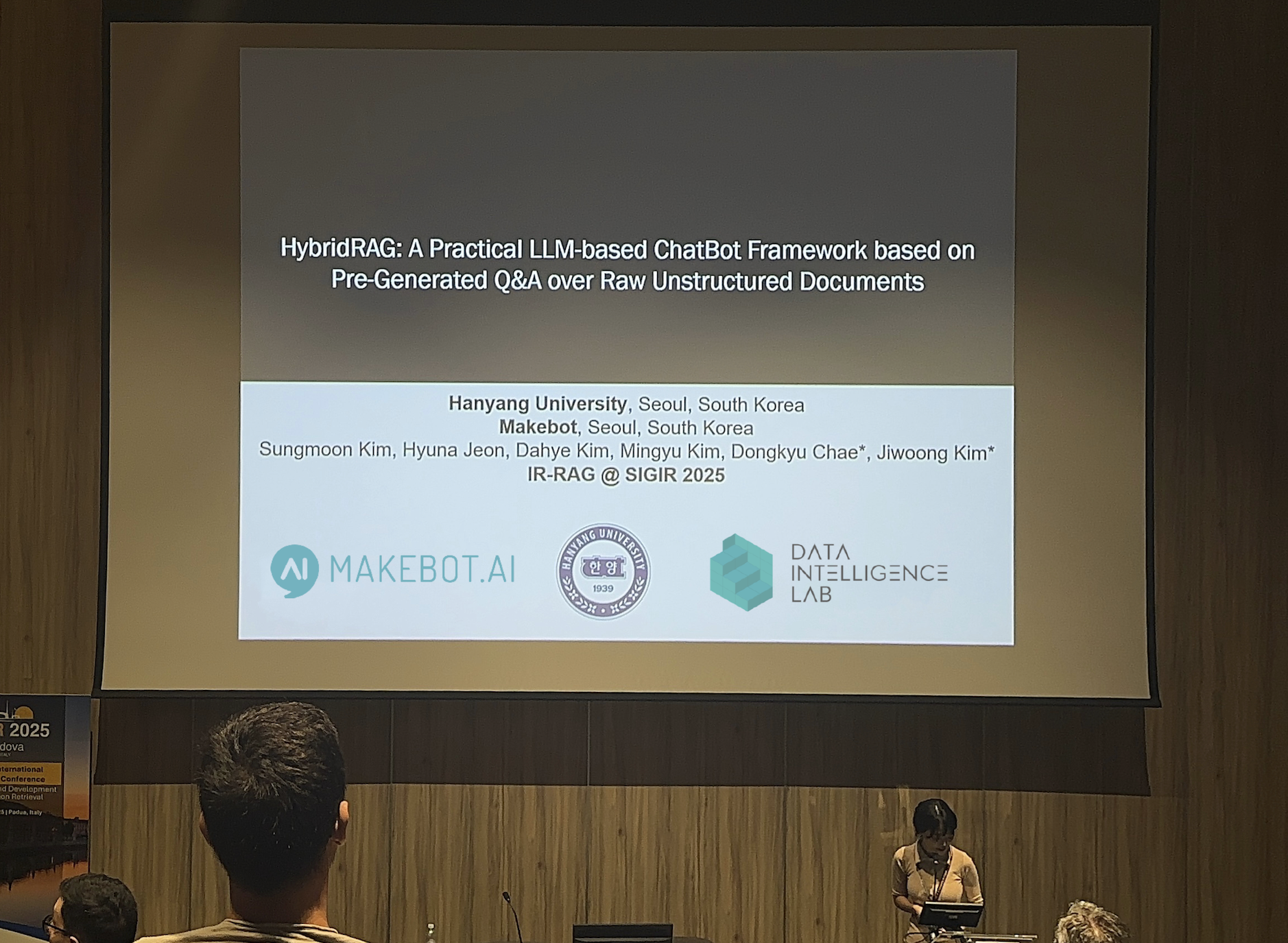









_2.png)












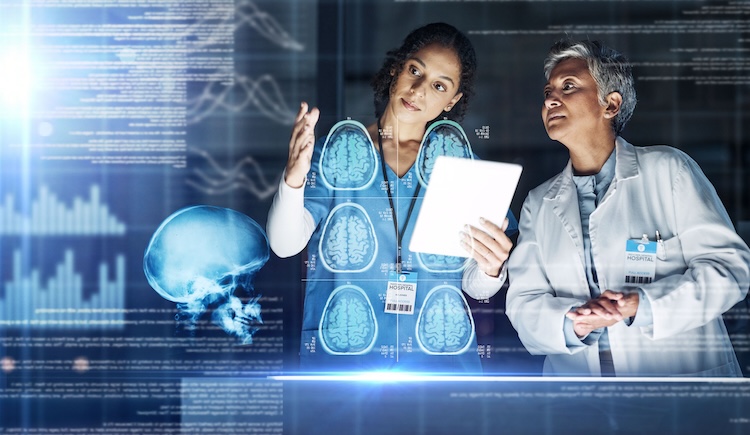





.jpg)













